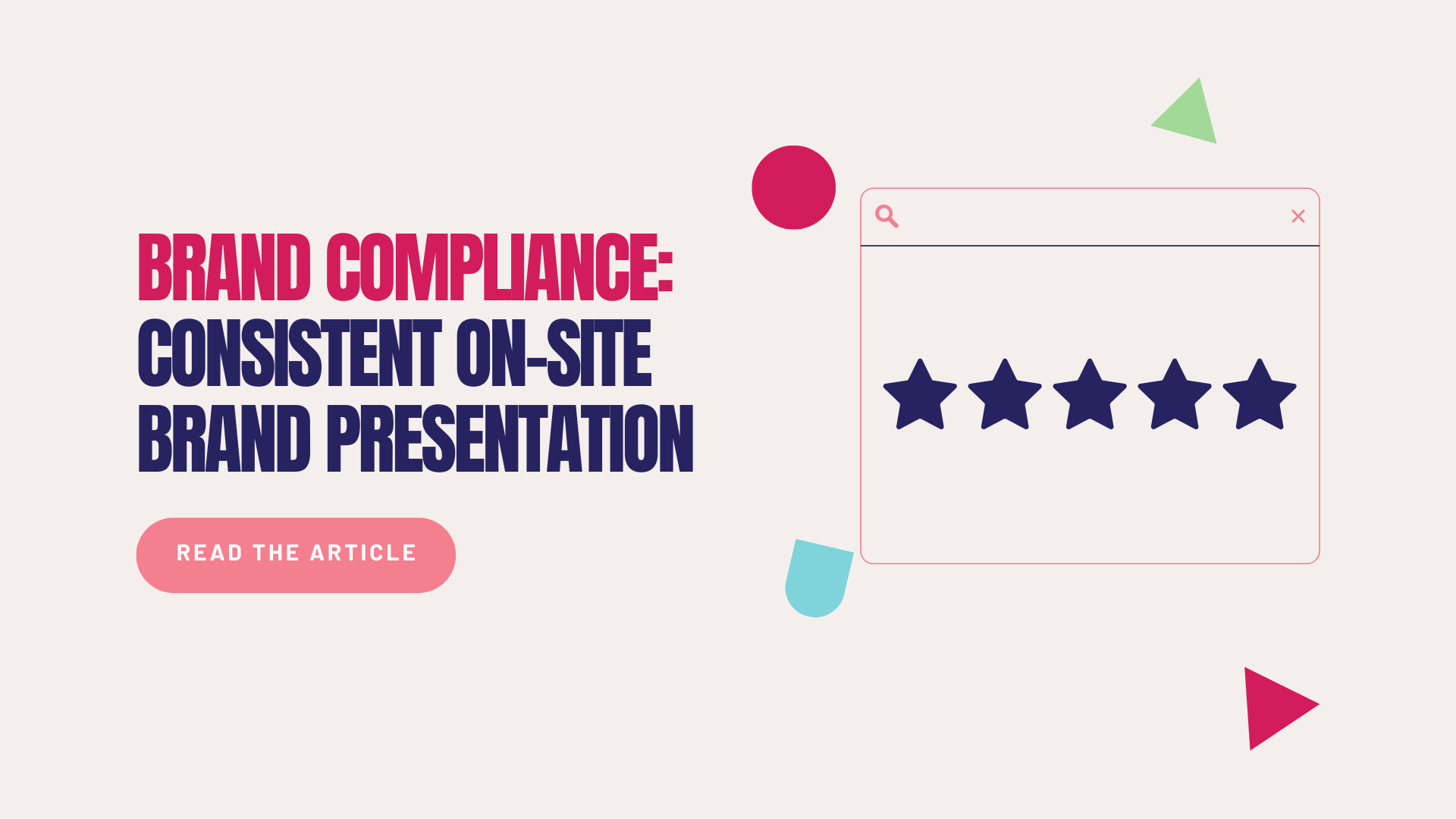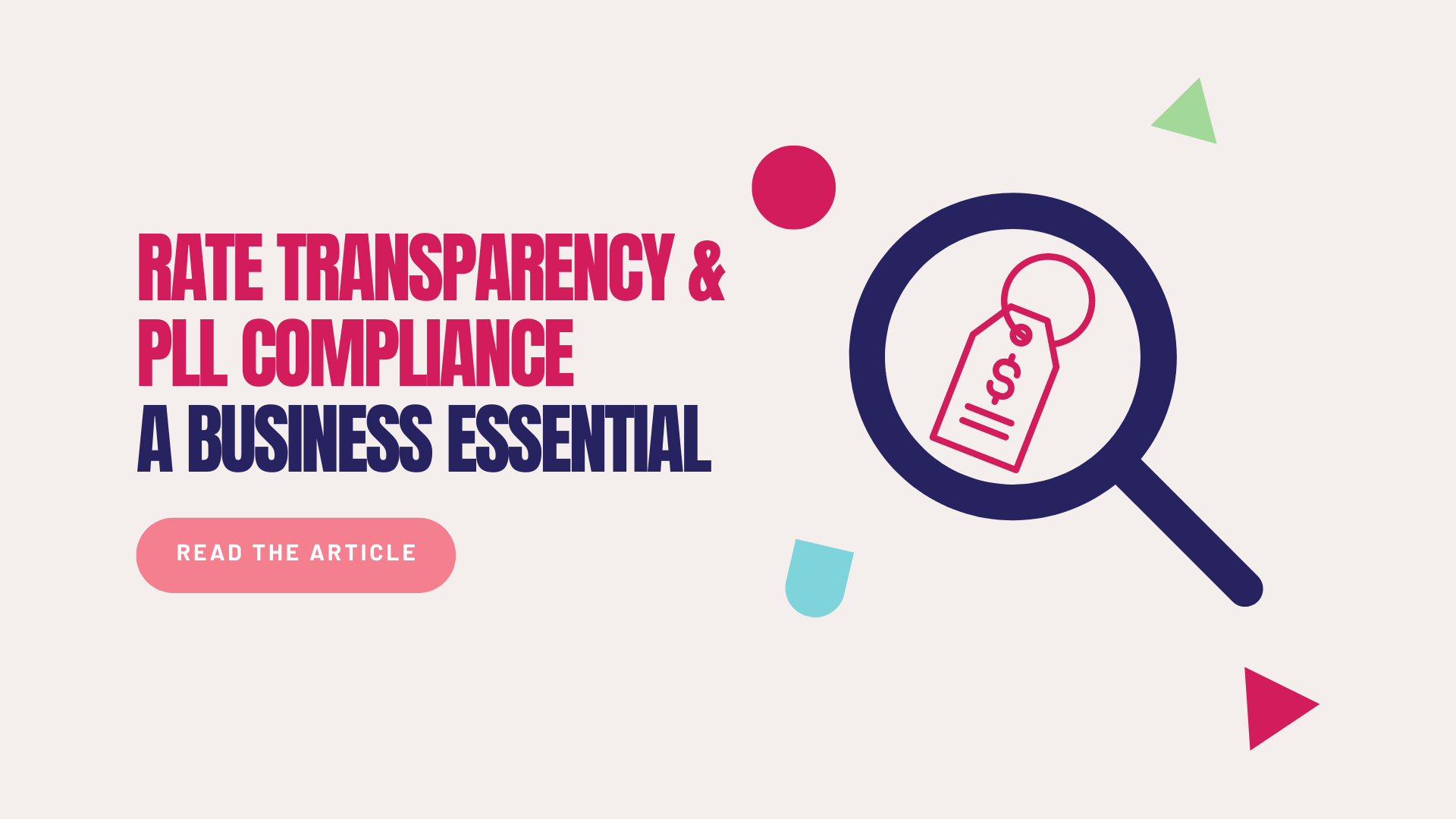An average consumer needs 5-7 exposures* to a brand to remember it. Ensuring consistent brand presentation at each encounter, helps you increase your brand’s memorability and visibility in a crowded market.
From developing comprehensive brand guidelines to enforcing compliance, we’ll cover everything you need to know to protect and strengthen your brand.
Table of Contents
What is Brand Compliance?
Brand compliance refers to following specific guidelines and standards that dictate how a brand’s identity and assets should be used on the website.
These guidelines ensure that brand presentation is consistent, accurate, and aligned with the brand’s values and messaging.
Maintaining brand compliance helps build brand integrity, fosters recognition, and prevents misuse of the brand.
Create a brand-compliant website with Digital Spice.
Request Free Proposal →
How to Create a Brand-Compliant Website
Effective brand compliance requires a structured approach. By implementing key practices, businesses can ensure their brand identity remains consistent and impactful across all platforms. Let’s dive into the essential steps to achieve brand harmony.
- Develop Comprehensive Brand Guidelines: Create detailed brand guidelines that cover all aspects of the brand’s identity, including logo usage, color schemes, typography, imagery, tone of voice, and messaging. These guidelines should be accessible to everyone involved in creating or using branded materials.
- Centralized Asset Management: Use a centralized digital asset management (DAM) system to store and distribute approved brand assets. This ensures that everyone has access to the most up-to-date and correct versions of logos, images, and other brand materials.
- Consistent Visual Identity (Owned Channels): Ensure that the brand’s visual elements, such as logos, colors, and fonts, are used consistently across all owned platforms and materials. This includes digital assets, print materials and advertisements.
- Consistent Brand Identity (Third-Party Assets): Define clear policies for the use of brand assets by external partners, such as distributors, affiliates, and franchisees. Provide guidelines and permissions for how they can use the brand’s identity in their own marketing efforts.
- Monitor and Enforce Compliance: Implement processes to monitor the use of brand assets and enforce compliance with the guidelines. This can include regular audits of marketing materials, websites, and other communications to identify and correct any inconsistencies.
- Legal Protections: Protect your brand legally by registering trademarks and monitoring for unauthorized use of your brand assets.
- Consistent Messaging: Ensure that the brand’s messaging is consistent across all touch points. This includes marketing campaigns, social media, customer service interactions, and internal communications. The tone of voice, key messages, and value propositions should align with the brand’s identity and values.
- Cross-Channel Integration: Maintain consistency across all channels, including online and offline platforms. Whether it’s a website, social media, email marketing, or physical place, the brand experience should be seamless and uniform.
Ready to Take the Next Step?
Digital Spice is a creative digital agency specialized in branding, web design, and SEO.
Contact us to request a free consultation and proposal for your project at [email protected].
Let’s get digital!
References
*Moore, Pam, and Pam Moore. “13 Characteristics of Human Brands | Pam Moore.” Pam Moore Speaker, Trainer, Consultant, 8 Feb. 2017, www.pammarketingnut.com/2013/04/13-characteristics-of-human-brands.








